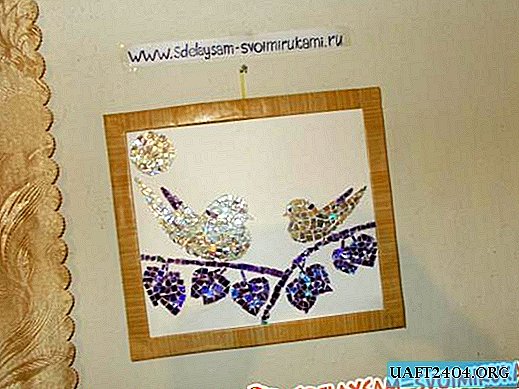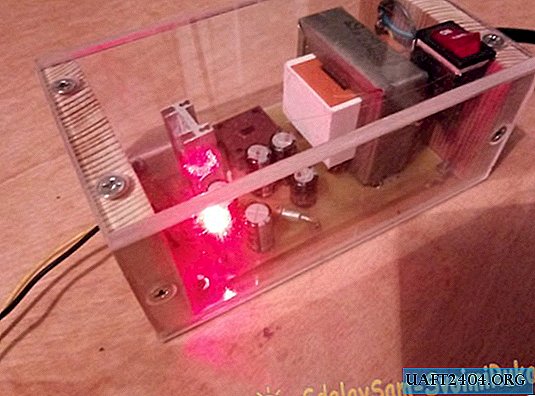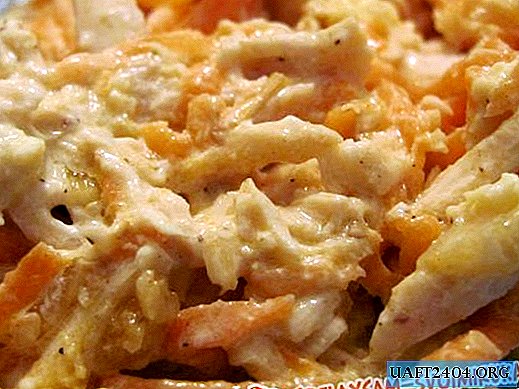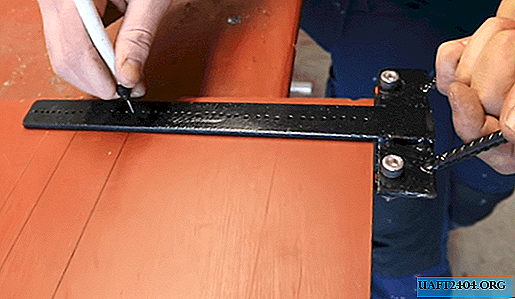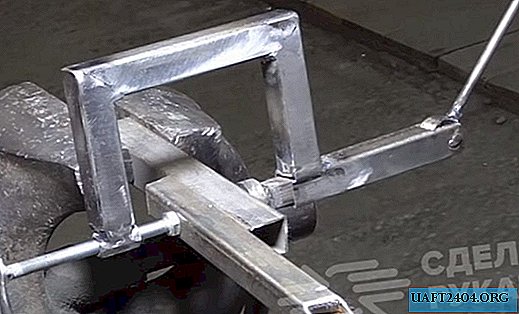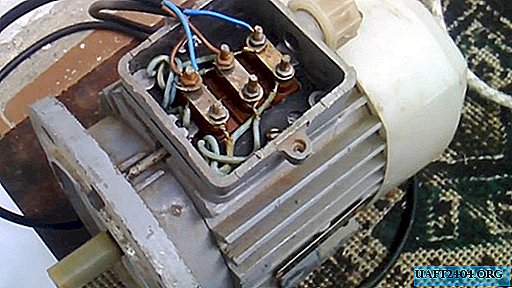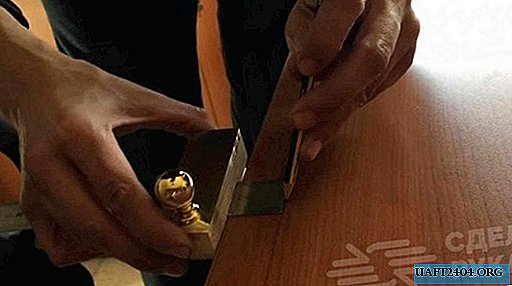Share
Pin
Tweet
Send
Share
Send
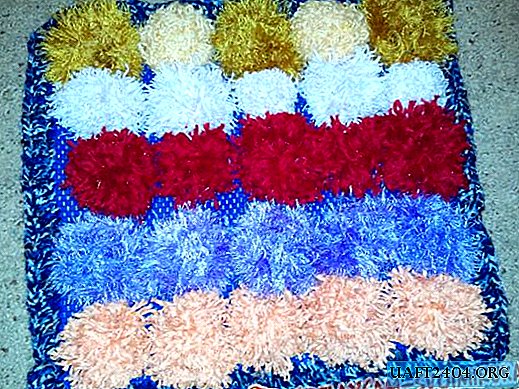
We will need:
- fabric or non-slip rubberized material;
- hook 4.0 mm;
- acrylic melange thread for tying;
- multi-colored threads for pompons;
- needle with thick cotton thread.
Step one. We take the basis for our future rug. It can be fabric or rubberized. The last texture is more convenient for tying, due to the finished holes in it. Also, its advantage will be that the child will not slip on such a rug during massage of legs or playing with it. If you don’t have one, replace with any dense cloth. The non-slip substrate can be made later and sewed onto a fabric mat. The size of the rug can be made any, as well as its shape. In this example, the mat will be square.

Step Two We tie the base with a metal hook. For this, thick thick threads are suitable. The edges of them will keep their shape, even after washing. Such a fringing will not allow the edges of the product to fray and give the rug an attractive appearance. The first row of edging is perimeter-related products - single crochet. The thread must be fixed on the product so that the first loop is formed on the hook. Now enter the hook through the warp from front to back, throwing the working thread on the hook, pull it back. Thus, we got two loops on the hook. Throwing the thread on the hook, we stretch it through two loops at the same time. We get one loop on the hook. Then we continue to tie the future rug, introducing the hook into the subsequent holes of the base, repeating the above steps.

Step Three We tie our base with the next second row, making double crochets. In the second row we knit two double crochets. In this case, a hook is introduced under each loop of the previous row. This will create the effect of the "wave". If you want less twisting of the frill, then it will be enough to make one crochet column. Throw the work thread onto the hook. Insert the hook from front to back and grab the thread from the back of the warp. Pull it to the front. It turned out three loops. Again, grab the thread with a hook and pass it through two loops on the hook. There are two loops left. Pull the thread through these remaining loops one last time, getting one. Now you need to repeat all the same steps. We knit in the same loop. As a result, you get two columns on one loop of the previous row. Then repeat the action.

Step Four Preparation of pompons. We take threads of different colors and textures. Less thread type "grass" that it is strewed. But such pompoms on the rug look more fun and give the feeling of walking on real grass. If we use threads of different composition, we will enable the child to feel the variety of tactile sensations when the legs touch the rug. Something softer, another tougher. Pompons are knitted by winding the thread with the left hand on three fingers of the right hand folded together. The thicker the winding of the threads, the more magnificent our pompom will be. Therefore, it will look prettier on the rug. After winding, carefully remove our “bundle” from the fingers of the right hand and drag it in the middle with a thread. The thread can be tied several times and tied tightly to a knot. Tighten tight. Now you need to cut the loops on it and cut the longer protruding threads. The pompom is ready. In our version, we need to impose 25 pompons of different colors (5 multi-colored sets).

Step Five We take a thick strong thread and a needle with a big eye. It is necessary to sew all cooked pompons to our base. Sew on firmly, but carefully, without pulling together the base. It is advisable to take the thread for the needle in a tone basis, so that it is less noticeable.

Step Six Shake off the remaining thread and fluff the pompons. Massage mat for the baby is ready.

Share
Pin
Tweet
Send
Share
Send

